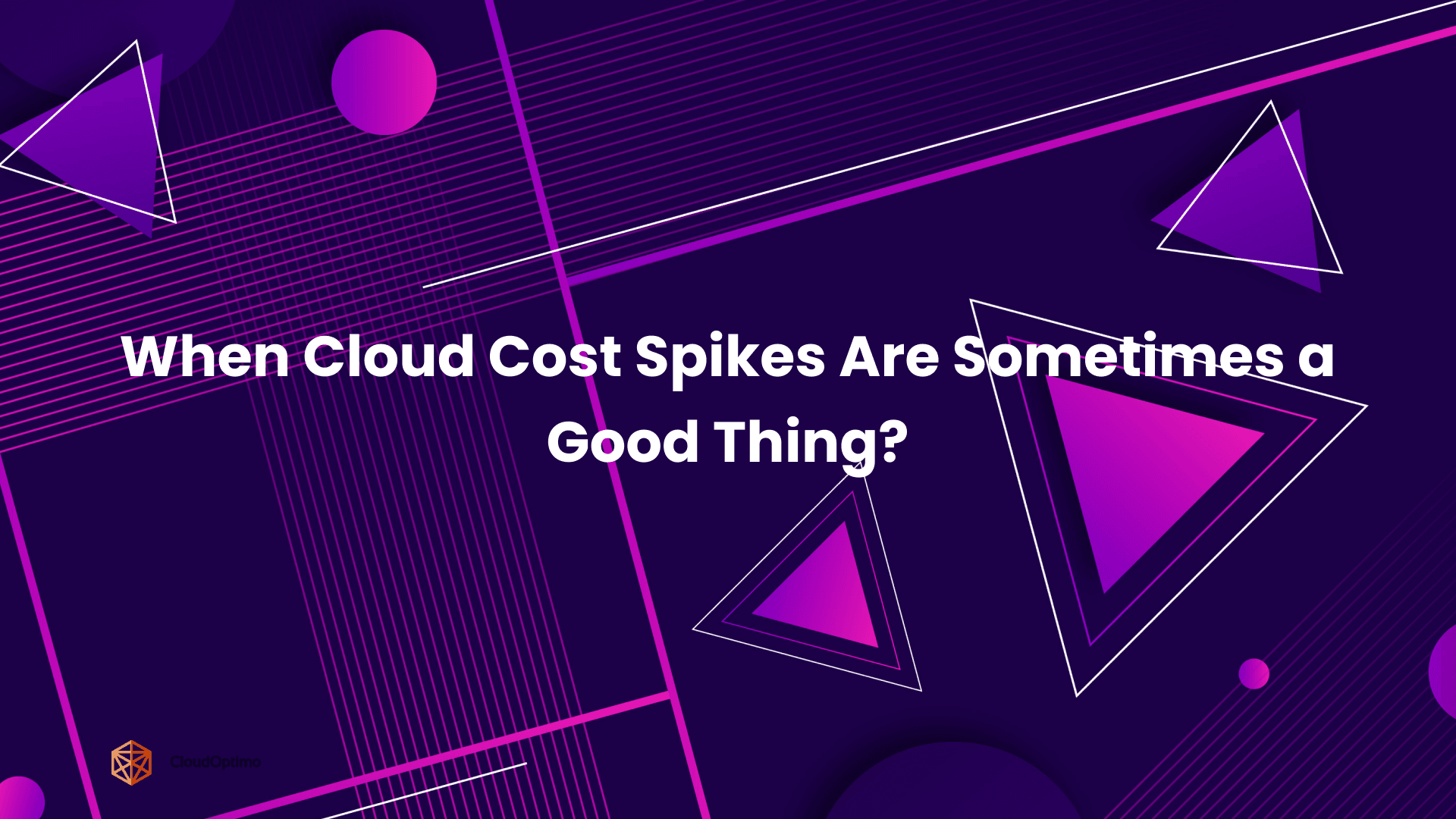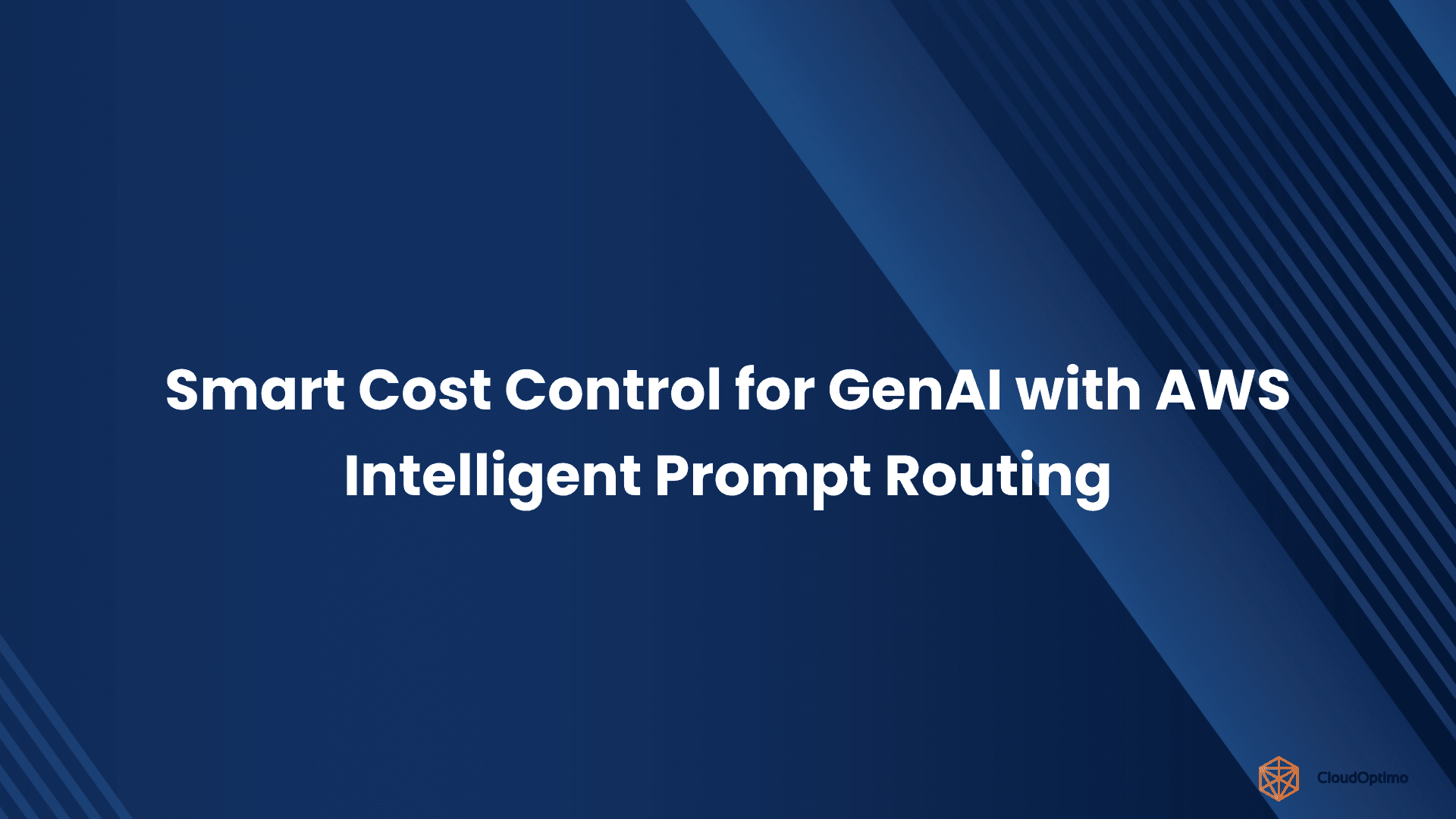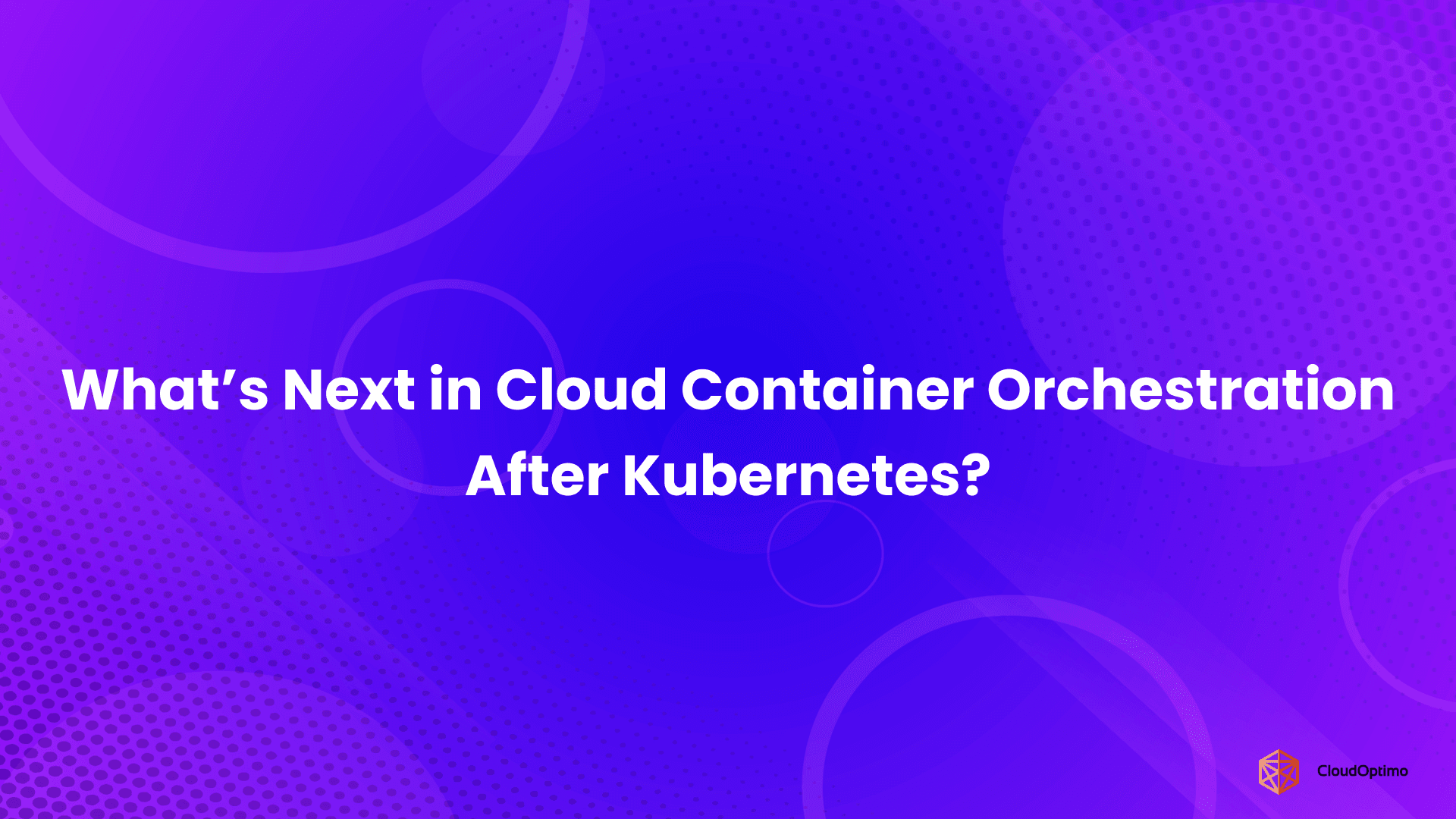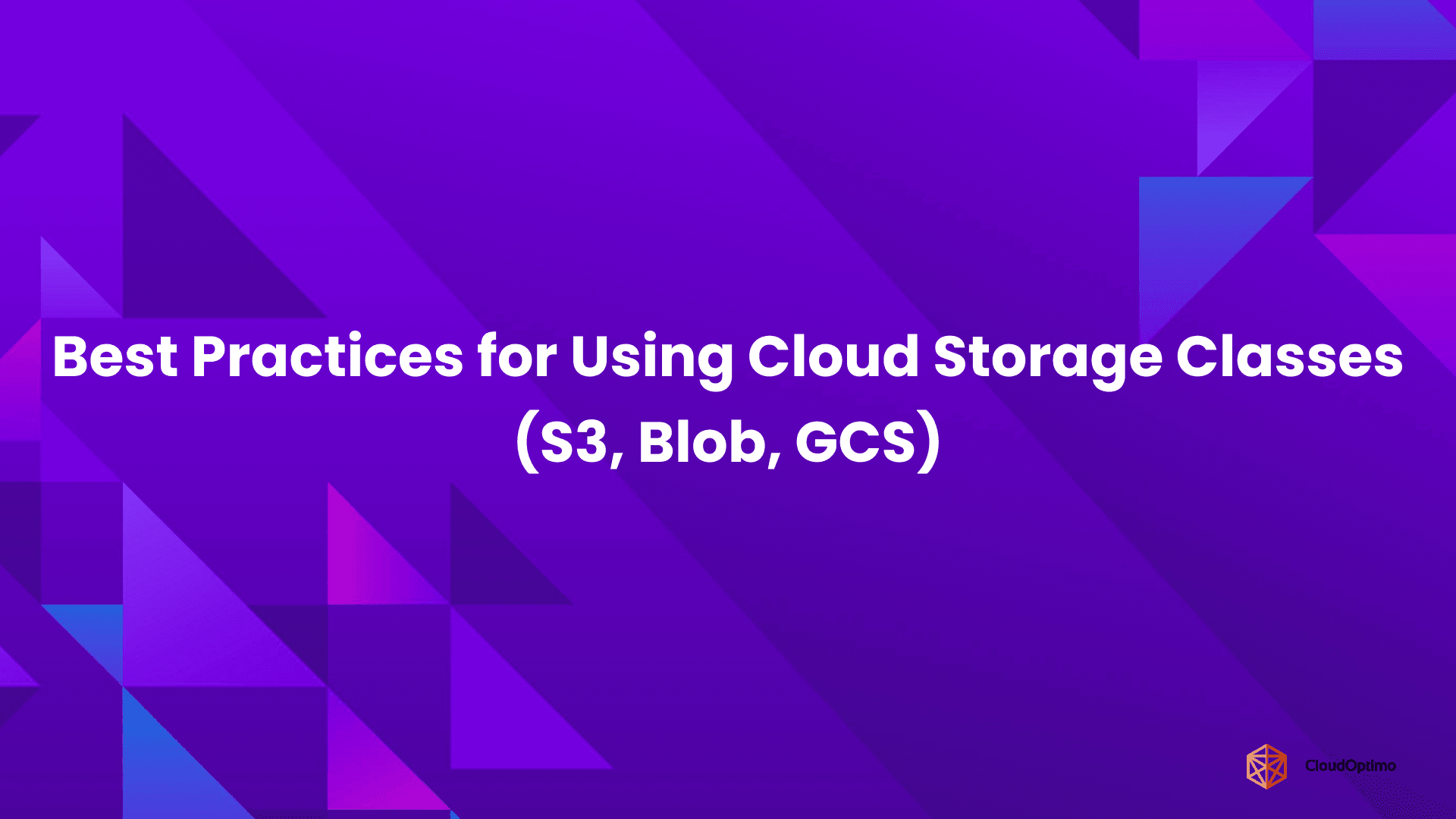In 2025, we’re seeing a shift from basic cloud adoption to intentional innovation. Back in 2020, the cloud was primarily a lifeline: a tool for business continuity, remote access, and scaling under pressure. But now, that baseline capability is expected. The conversation has shifted from “Can we run in the cloud?” to “How intelligently and securely can we run in the cloud?”
What’s emerging is a more strategic, nuanced approach. Organizations are looking beyond raw infrastructure to platforms that help them move faster, make smarter decisions, and align more tightly with business goals. Complexity is growing—but so is opportunity.
Recent data underscores this transformation. According to Gartner, by the end of 2025, over 70% of enterprises will have adopted industry cloud platforms to accelerate business initiatives. IDC reports that 80% of global enterprises will prioritize intelligence and automation in their IT investments by mid-decade.
This blog explores the forces behind that shift and the eight cloud trends that are beginning to reshape everything from architecture and developer experience to how businesses think about growth and resilience.
What’s Driving These Trends: Three Forces
In 2025, you'll see the impact of three key forces reflected in every trend related to cloud technology.
- Intelligent Automation: AI is no longer an add-on. It’s being baked into orchestration, monitoring, optimization, and even security policy enforcement.
- Architectural Distribution: Workloads are spreading across providers, regions, edge nodes, and APIs. Complexity is the norm, not the exception.
- Business-Specific Alignment: Organizations want platforms that speak their language—whether that’s financial compliance, healthcare data interoperability, or energy grid resilience.
Understanding these drivers makes it easier to see how each trend fits not just into a technical roadmap, but a strategic shift in how digital infrastructure enables growth and resilience.
Cloud + AI: Smarter Platforms, Not Just Smarter Apps
AI is no longer just powering applications—it’s becoming part of the cloud itself. Cloud-native platforms are embedding intelligence into their infrastructure, automating tasks like performance tuning, anomaly detection, and cost forecasting.
A clear example is infrastructure scaling. Where teams previously had to manually monitor usage and adjust resources, AI models can now anticipate spikes and adjust capacity proactively, reducing latency and operational effort.
Technologies behind this trend include AI-infused monitoring tools like Datadog with Watchdog, AIOps platforms like Moogsoft, and services like AWS Auto Scaling or Google’s Active Assist.
These systems allow cloud environments to adapt in real time, making performance tuning and cost controls far more dynamic than traditional approaches.
Challenges to Consider
- Lack of transparency: AI decisions can feel like black boxes to operations teams.
- Trust and control: Not all organizations are ready to hand over critical infrastructure tasks.
- Oversight complexity: Teams must validate that automation aligns with business goals.
Why it matters:
By shifting intelligence deeper into the stack, organizations gain a self-optimizing foundation that scales smarter, recovers faster, and reduces human intervention, critical as cloud environments grow in scale and complexity.
Vertical Cloud Platforms: One Size No Longer Fits All
General-purpose clouds are not always ideal for regulated industries or domains with unique data formats and compliance needs. That’s where vertical cloud platforms come in—tailored for sectors like healthcare, finance, and manufacturing.
Take Microsoft Cloud for Healthcare. It integrates compliance standards (like HIPAA), patient engagement tools, and healthcare-specific APIs into one pre-packaged environment, helping providers innovate without reinventing regulatory frameworks.
This shift is supported by industry-specific platforms like Google Cloud for Financial Services or Salesforce Industries, and compliance tools like Vanta or Drata that integrate directly into cloud environments.
Of course, this often means less customization flexibility and a tighter dependency on the vendor’s roadmap. But for many organizations, that’s a worthwhile trade-off for speed and assurance.
Challenges to Consider
- Vendor dependency: Organizations trade flexibility for speed and compliance.
- Limited customization: You get what’s offered—custom builds can be constrained.
- Cost premium: Vertical platforms often come with higher price tags.
Why it matters:
Vertical clouds reduce friction in heavily regulated or complex industries—accelerating time to value, simplifying compliance, and enabling faster digital transformation without reinventing the wheel.
Multi-Cloud and Hybrid: Flexibility Now Comes First
Today, most organizations operate in a multi-cloud or hybrid setup, using different cloud environments for different needs. One might handle analytics in one provider and user authentication in another.
What once was a risk-management tactic has become a performance and flexibility strategy. Managing this complexity has gotten easier thanks to modern orchestration tools and a shift toward open, interoperable standards.
Consider a global logistics firm that uses AWS for IoT tracking, Azure for internal systems, and Google Cloud for its machine learning pipelines. Interoperability is managed through orchestration tools, not manual workarounds.
Key technologies enabling this trend include Terraform, Kubernetes, HashiCorp Consul, Google Anthos, and hybrid tools like Azure Arc or AWS Outposts.
Challenges to Consider
- Increased complexity: Different clouds mean varied APIs, SLAs, and billing.
- Integration friction: Without careful orchestration, systems may become silos.
- Skill gaps: Teams must understand multiple platforms to operate effectively.
Why it matters:
In a rapidly changing and performance-driven world, resilience and adaptability are more crucial. Multi-cloud is no longer a hedge—it’s a competitive advantage when managed strategically.
Edge + Serverless: A Shift Toward Event-Driven, Low-Latency Architecture
For applications that require real-time responsiveness—like connected vehicles, industrial automation, or augmented retail—latency matters. That’s where edge computing comes in, bringing compute power closer to where data is generated.
Pair that with serverless architecture, and you get highly responsive, event-driven systems where developers write logic, not infrastructure. The platform handles provisioning, scaling, and execution behind the scenes.
A good example is Chick-fil-A, which uses Kubernetes clusters deployed at its stores to process real-time ordering data locally, improving responsiveness even during network disruptions.
This trend is powered by technologies like Cloudflare Workers, AWS Lambda@Edge, Azure Functions, and serverless frameworks such as OpenFaaS or Netlify.
Challenges to Consider
- Monitoring difficulty: Distributed functions are harder to trace and debug.
- Cold start latency: Not all serverless platforms are fast enough for real-time apps.
- Vendor lock-in: Serverless services often tie you deeply into one cloud ecosystem.
Why it matters:
For businesses building responsive, intelligent systems—from AI at the edge to real-time personalization—this architecture provides the speed, scale, and simplicity needed to meet modern expectations.
Zero-Trust Security: Security Built Into Everything
Traditional perimeter-based security no longer fits today’s cloud-native world. Zero-trust security assumes no user, device, or application should be trusted by default.
This model validates every access attempt dynamically, based on user role, device posture, and contextual risk. It emphasizes strong identity management, encryption, and micro-segmentation.
Adopting zero-trust can be complex, but it’s increasingly necessary in systems built on APIs, distributed teams, and third-party services.
Google pioneered this approach internally with BeyondCorp, and today, tools like Zscaler, Okta, and Microsoft Entra ID help enterprises roll it out across environments.
Zero-trust combines dynamic access policies, encrypted data flows, identity federation, and continuous monitoring.
Challenges to Consider
- Cultural shift: Zero-trust requires buy-in from both security and development teams.
- Identity sprawl: Managing multiple identities across providers is complex.
- Integration effort: Retrofitting legacy systems can be a slow, costly process.
Implementation can be complex. It requires culture change, clear identity governance, and integration across layers. But the payoff is a fundamentally more secure, breach-resilient posture.
Why it matters:
Zero-trust isn’t just about protecting against breaches—it’s about ensuring systems are safe by default. In cloud-native environments, it’s quickly becoming the standard, not an option.
Developer Experience: Making Cloud Easy for Developers
As development speed becomes a competitive advantage, cloud platforms are shifting their focus from raw compute to empowering builders.
Great developer experience means intuitive tools, fast feedback loops, and minimal friction. AI-assisted coding, integrated CI/CD, and low-code platforms are reshaping how software gets built and shipped.
Challenges to Consider
- Tool Overload: Too many tools can overwhelm developers.
- Consistency: Ensuring consistent environments across development and production.
Why it matters:
Great developer experience leads to faster innovation. Investing here means more resilient teams and shorter paths from concept to production.
AI-Led Cloud Optimization: Automating Efficiency and Control
Cloud operations generate vast volumes of data, and AI is helping teams turn that data into decisions. Instead of just reporting usage, AI tools now suggest or even automate changes to improve cost-efficiency and resource use.
They can help right-size workloads, shut down idle resources, and forecast upcoming demand. In some cases, this optimization happens automatically, within guardrails defined by the organization.
Still, human oversight remains important. Teams need to ensure these optimizations align with performance goals and business needs, not just cost savings.
Challenges to Consider
- Data Quality: AI models require accurate data to make effective decisions.
- Over-Reliance: Dependence on AI without human oversight can lead to issues.
Why it matters:
As cloud usage increases, so do operational costs. AI helps businesses shift from reactive cost-cutting to proactive, data-driven optimization.
Composable Cloud Services: Build Like Blocks, Not Stacks
Organizations are moving away from rigid, monolithic cloud stacks toward modular, composable architectures, where cloud services are selected, integrated, and deployed like building blocks.
For example, a modern retail company might use Stripe for payment processing, Azure OpenAI for real-time personalization, and Fastly for edge delivery—all seamlessly stitched together through standardized APIs and managed contracts.
This approach is driven by principles like API-first development, micro-frontends, and infrastructure-as-code. Key enablers include tools like API gateways (e.g., Kong, Apigee), service meshes, and infrastructure-as-code frameworks like Pulumi and Terraform. These tools allow teams to define, deploy, and scale services independently, with guardrails in place.
The result? Faster experimentation, lower lock-in, and greater agility at scale.
Challenges to Consider
- Service sprawl: More components mean more operational overhead.
- Contract drift: Keeping service APIs in sync across updates is essential.
- Observability: Uniform monitoring across distributed services requires strong governance.
Why it matters:
Composable services give teams flexibility without fragmentation. In a fast-changing market, being able to assemble—and reassemble—solutions quickly is a strategic edge.
How do These Trends Vary by Industry?
Cloud innovations don’t impact all industries equally. Each sector faces its own set of challenges that shape how these trends are adopted and prioritized.
Healthcare:
The healthcare sector’s top priority is secure, compliant data sharing across disparate systems. Vertical cloud platforms designed specifically for healthcare enable seamless data interoperability while ensuring HIPAA compliance. These specialized clouds provide built-in safeguards and audit controls, speeding up the adoption of AI-powered diagnostics and telemedicine without risking patient privacy.
Manufacturing:
For manufacturers, the edge is mission-critical. Real-time automation on factory floors depends on low-latency processing close to equipment, driving demand for edge computing paired with serverless architectures. These technologies enable predictive maintenance and dynamic supply chain adjustments. Hybrid cloud setups also allow manufacturers to keep sensitive IP on-premises while leveraging public clouds for analytics.
Finance:
Financial firms balance rapid innovation with strict regulatory oversight. Low-latency AI models running on hybrid clouds help detect fraud and manage risks in real time. Vertical clouds tailored to finance provide compliance with standards like PCI-DSS and GDPR, offering pre-integrated controls. Multi-cloud strategies enable firms to isolate critical workloads while optimizing cost and resilience.
Retail
Retailers leverage composable cloud services and AI-driven personalization to enhance customer experiences both online and in stores. Real-time inventory management uses edge computing to sync data from physical locations instantly. Retail-focused vertical clouds incorporate compliance with consumer data protection laws and streamline integrations with payment and logistics providers.
Prioritizing Your Cloud Evolution: A Strategic Framework
With diverse trends emerging, organizations must prioritize investments based on cloud maturity, industry demands, and strategic objectives.
For Early-Stage Cloud Adopters (0-2 years in cloud):
Focus on foundational capabilities that ensure flexibility and avoid vendor lock-in. Establish multi-cloud strategies and enhance developer productivity to accelerate delivery. Once stable, introduce automated cost management and initiate baseline zero-trust security to strengthen controls.
For Intermediate Cloud Users (2-5 years in cloud):
With some experience and infrastructure already in place, this is where strategy becomes more industry-specific. A healthcare provider might explore vertical clouds tailored to regulatory needs. A digital commerce team may turn to composable services to increase delivery speed and customization.
As operational maturity grows, explore edge computing and AI-driven optimization to boost responsiveness and efficiency.
For Advanced Cloud Organizations (5+ years, cloud-native):
At this stage, cloud computing is fully integrated into the core business model, serving as a key driver of competitive differentiation. Artificial intelligence is embedded across operations rather than being an isolated capability. Edge computing is leveraged extensively to optimize latency-sensitive processes, while composable architectures provide the agility to adjust and scale in response to evolving business needs rapidly.
However, organizations at this level continuously evaluate emerging trends and innovations to maintain their leadership, focusing on resilience, continuous improvement, and automated governance across increasingly complex environments.
Industry-Specific Priorities:
- Healthcare & Finance: Prioritize vertical cloud platforms and comprehensive zero-trust security frameworks to ensure compliance and protect sensitive data.
- Manufacturing & Logistics: Emphasize edge computing and hybrid cloud strategies to enable real-time automation and safeguard proprietary information.
- Retail & Digital-First Businesses: Focus on composable services and enhancing developer experience to accelerate innovation and improve customer engagement.
From Trends to Action: Turning Insight into Impact
Understanding cloud trends is just the first step. Forward-looking organizations are transforming those insights into strategic action, rethinking governance, budgets, skills, and alignment to build a future-ready cloud practice.
Key Actions for Leading Teams
- Rewrite governance for multi-cloud reality: Instead of single-cloud policies, develop framework-based governance that works across providers. Start by creating cloud-agnostic security policies, establishing consistent tagging standards, and implementing unified monitoring across all environments. Practically, this means replacing vendor-specific compliance checklists with outcome-based controls that apply regardless of which cloud services you use.
- Adopt adaptive FinOps: Move beyond monthly cost reports to real-time financial optimization. Begin by implementing automated cost anomaly detection, establishing resource tagging standards for accurate cost allocation, and creating self-service cost dashboards for development teams. The goal is shifting from "How much did we spend?" to "How can we optimize value while controlling costs dynamically?"
- Reskill teams for AI-native operations: Invest in training that goes beyond traditional cloud administration. Focus on AI-assisted development tools, automated testing frameworks, and observability platforms that provide intelligent insights rather than just data. Start with pilot programs where select team members learn these tools, then scale successful approaches across your organization.
- Align cloud with product strategy: Integrate cloud architectural decisions directly into product planning cycles. This means cloud architects should attend product roadmap meetings, infrastructure capabilities should influence feature prioritization, and cloud investments should be justified by product outcomes, not just operational efficiency. Create shared success metrics that connect cloud performance to business results.
Concrete First Steps by Trend
- For AI-Driven Platforms: Audit your current monitoring tools and identify three manual processes that could be automated. Start with simple anomaly detection on critical services.
- For Zero-Trust Security: Begin with identity consolidation—catalog all your current identity providers and create a migration plan to reduce complexity by 50%.
- For Edge Computing: Identify your most latency-sensitive user interactions and measure current response times. These become your baseline for edge computing ROI calculations.
- For Vertical Clouds: If you're in a regulated industry, audit your current compliance processes and identify which take the most time. These are prime candidates for vertical cloud migration.
If your conversations still start with tooling, it may be time to zoom out and ask: What outcomes are we optimizing for? That’s where these trends become not just interesting, but transformative.
Remember, if your cloud strategy hasn’t changed in two years, it’s already lagging. Now is the moment to audit your architecture, tooling, and team readiness, ensuring you’re positioned not just to keep pace but to lead in innovation, growth, and security.





